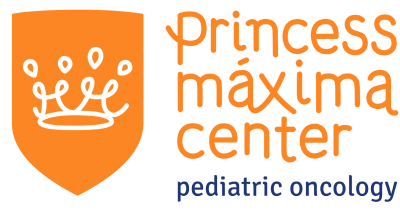Mixed Reality Holography in Brain Tumor Surgery in Children
This project is focused to develop and to evaluate the use of Mixed Reality Holography in Brain Tumor Surgery in Children using Intra-Operative MRI. Maximal safe resection of brain tumors in children determines prognosis and outcome. The use of IntraOperative(IO) MRI provides information about remnant tumor and Brain shift during surgery. The transformation of this per-operative imaging into a 3D Holographic Mixed Reality overlay on the patient might create additional 3D perception of location of the tumor and anatomical changes in the brain during surgery. The use of this innovative mixed reality application in neurosurgery will be validated and evaluated.
Brain tumors in children create the highest mortality in Pediatric Cancer. Maximal safe resection remains an important prognostic factor in various brain tumors in children. In our national centre of pediatric oncology Princess Máxima all children with brain tumors are operated in our Intra-Operative(IO) MRI- operating room of the Wilhelmina Children Hospital in Utrecht. This unique infrastructure provides us with per-operative IO-MRI imaging of the remnant tumor and the changing anatomy of the brain. This provides updated information to support the neurosurgeon to achieve better a maximal safe resection of these tumors The potential use of these IO-MRI imaging for creating Mixed Reality Holography may further augment the 3D identification and perception of both the tumor and the critical anatomy for the neurosurgeon and eventually lead to an improved outcome for these children. Every year around 140 children are diagnosed with a new brain tumor in the Netherlands and almost all children require a neurosurgical operation. The outcome of this neurosurgical treatment has a profound impact on these children’s future.
The research project consists of three work packages. First an automatic segmentation algorithm to create 3D models of the brain tumor residual, the brain and the skin will be developed based on MRI-Dicom data. Second an automatic patient-to image registration using a registration matrix design to create an automatic overlay after IO-MRI with mixed reality will be developed. Third the accuracy of the mixed reality overlay of the residual tumor in its anatomical region will be validated. The combination of IO-MRI and Mixed reality will potentially generate a unique 3D insight of residual tumor to the neurosurgeon.
This workflow could support the neurosurgeon to improve further the neurosurgical outcome in these children with brain tumors.


